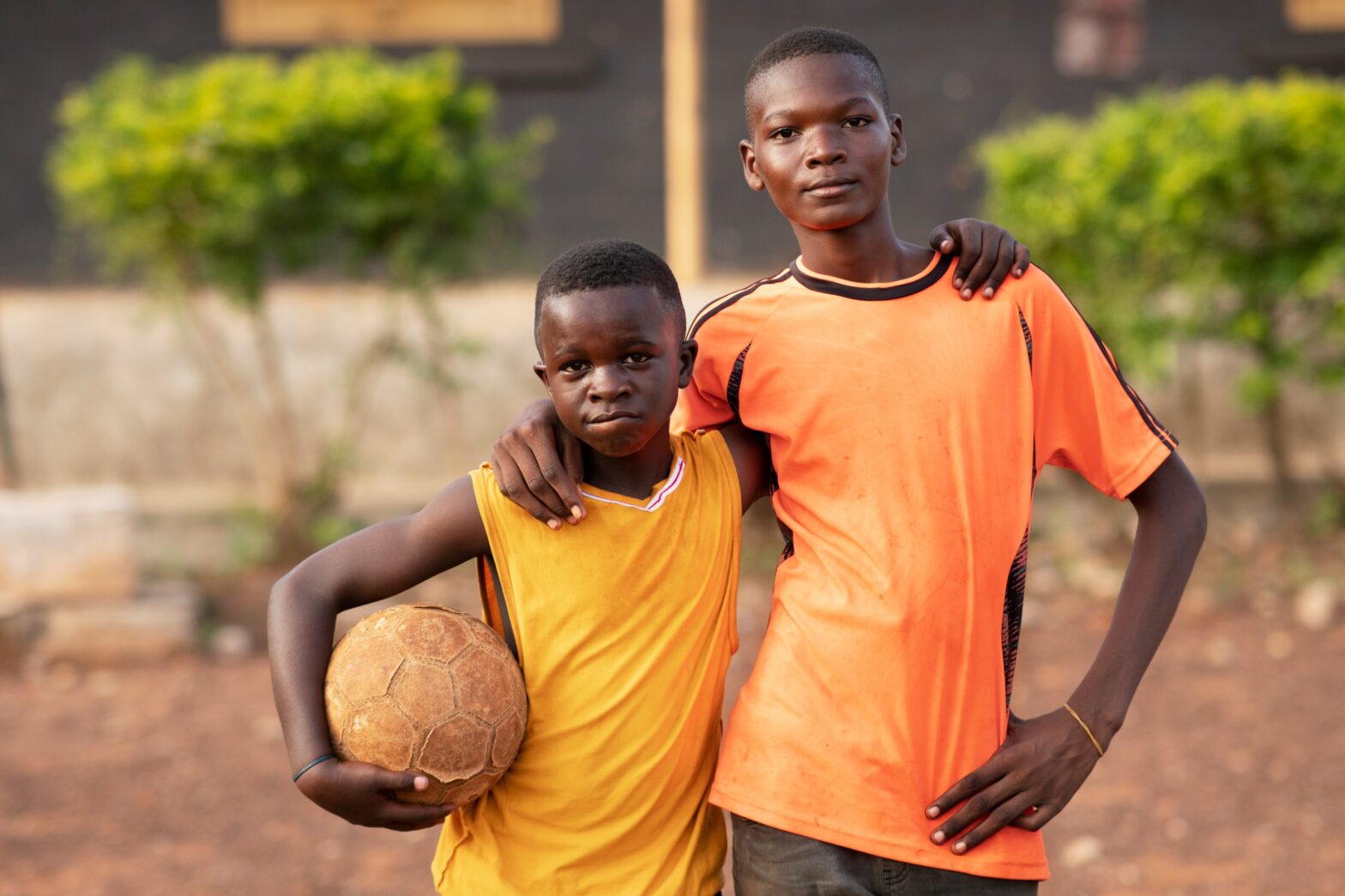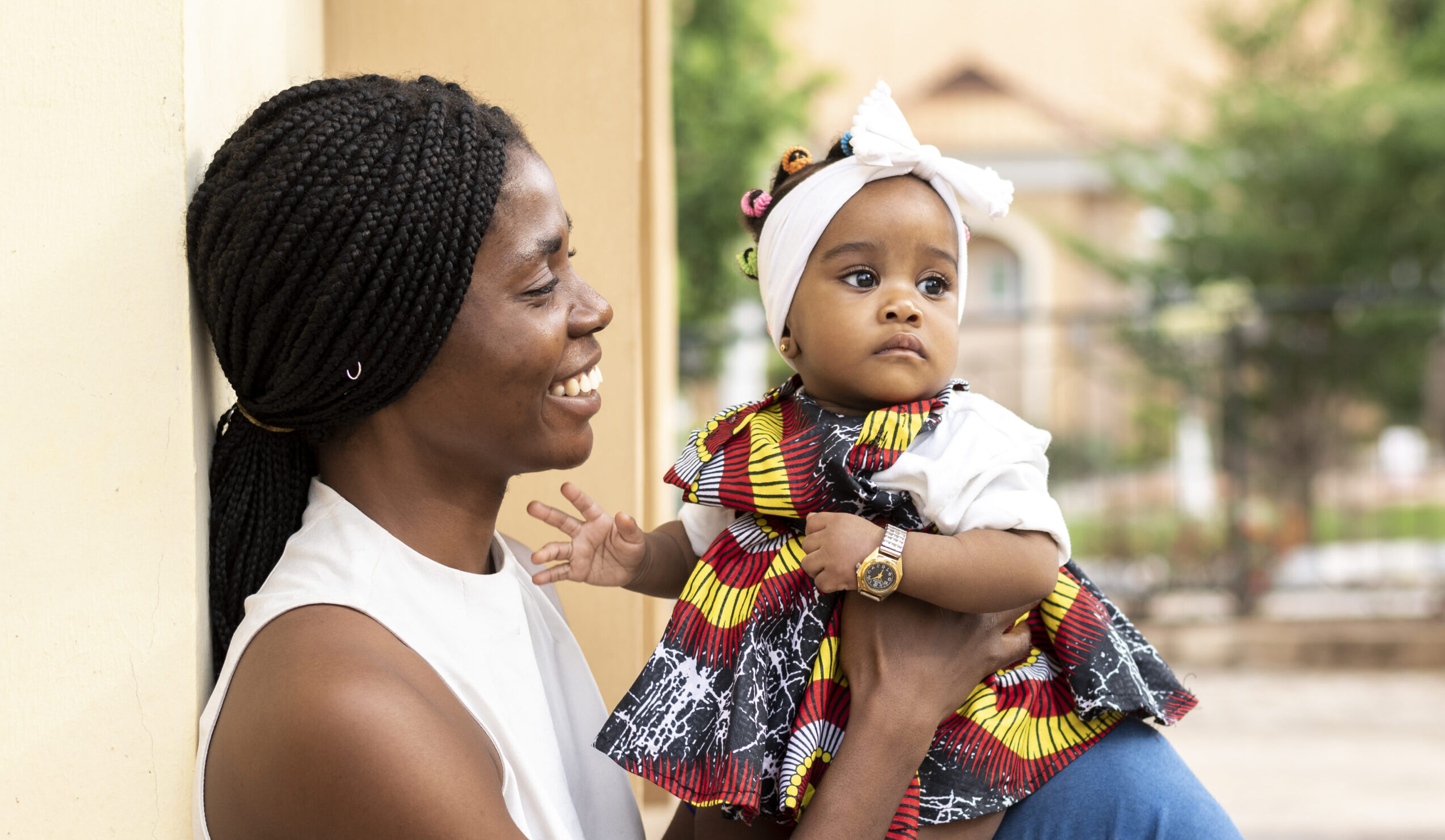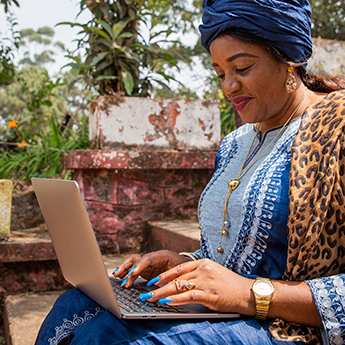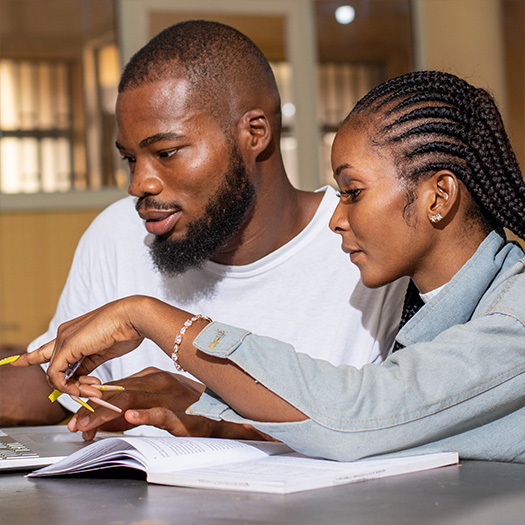
Resources
Can we achieve health for all women, children, and adolescents by 2030?
Websites
Previous

Task Sharing Family Planning Services to Increase ...
Next

A Powerful Force: U.S. Global Health Assistance an...
Topics:
Adolescents & Youth
Advocacy & Awareness
Contraceptive Security
Financing
Policy & Enabling Environment
Rights-Based Family Planning
Service Delivery & Quality
A new collection of articles published by The BMJ and BMJ Global Health today tells us whether the world is on track to meet the 2030 global targets for health.
The collection Leaving No One Behind brings together key international actors to report on the progress made—and to highlight the ongoing challenges leading to unequal outcomes—in achieving this goal. It is the first comprehensive five-year report in the SDG-era on progress made on women’s, children’s and adolescents’ health.
The articles are written by university academics and UN scientists from around the world, and includes commentaries by Countdown to 2030 for Women’s, Children’s, and Adolescents’ Health, the Partnership for Maternal, Newborn and Child Health (PMNCH), the World Health Organization (WHO), UNICEF UNFPA and the UN Secretary General’s Independent Accountability Panel, and PMNCH Board Chair and former Prime Minister of New Zealand, Helen Clark.
The collection focuses on areas where the most vulnerable women, children and adolescents are being left behind. This includes essential health interventions for reproductive, maternal, newborn, child, and adolescent health and nutrition, such as skilled birth attendance, vaccinations, management of childhood illnesses, improved water supply, and insecticide treated bed nets to prevent malaria. Some key findings in the research include:
- There is little evidence that the SDG mantra of leaving no one behind has led to a rapid reduction in the inequalities within countries.
- There are huge inequalities in Intimate Partner Violence (IPV) levels across low- income and middle-income countries (LMICs). Poorer, younger and less educated women are particularly vulnerable to IPV exposure in most countries.
- Essential health services such as family planning, delivery care and immunization still do not reach the poorest, least educated and rural women and children in many countries.
- In conflict settings these inequalities are even greater than in non-conflict settings
- Efforts to reach universal coverage for many interventions tend to stall when national coverage levels get to around 80%, revealing the extra effort needed to reach the most vulnerable people.
- Poor quality of care is still a major factor limiting the impact of health services.
- Countries in sub-Saharan Africa are lagging behind on most health indicators, including adolescent sexual and reproductive health.
- Collecting and using disaggregated data is the only way to track progress and hold governments and the global community to account in the effort to leave no one behind.








